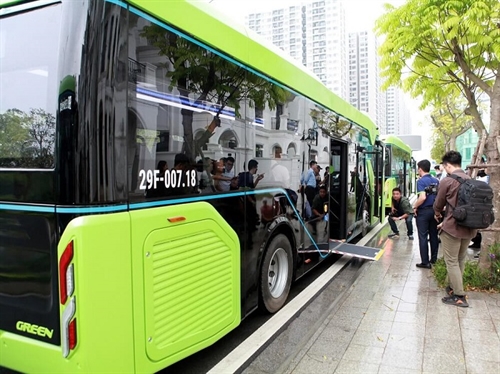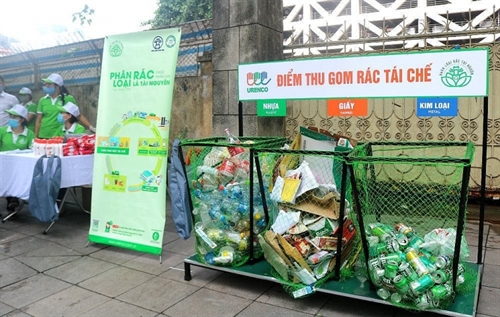By 2030, there will be some 300 traditional craft villages linked to tourism, and more than 80 percent of traditional craft villages will operate in an efficient manner, according to a program recently approved by the Prime Minister.
Under Decision 801/QD-TTg, approving the program on conservation and development of Vietnam’s traditional craft villages in the 2021-30 period, at least 129 traditional handicrafts and 208 traditional craft villages that are at risk of falling into oblivion will be restored and conserved.
 |
| By 2030, Vietnam will have some 300 traditional craft villages linked to tourism__Photo: VNA |
It is also targeted to recognize other 213 traditional handicrafts and 96 traditional craft villages.
The overall target of the program is to protect and uphold values and characteristics of Vietnam's traditional craft villages and increase competitiveness and added value of traditional craft products.
It is also expected to generate more jobs and increase income for craft villagers, thus contributing to promoting sustainable rural socio-economic development.
During the 2021-30 period, production value of craft villages is expected to rise 10 percent on average per annum.
The export turnover from traditional handicrafts will reach USD 6 billion while all business households and establishments in conserved craft villages will meet environmental protection requirements.
In order to achieve the above targets, the program set out four major tasks including upholding the role of artisans and skilled workers; preserving and developing traditional crafts and traditional craft villages; developing craft villages in association with tourism and building the new countryside; and developing new craft villages where traditional cultural values, environmental protection and sustainable development are ensured.
As for the task of developing tourism-linked craft villages, it is required to restore and conserve traditional handicrafts and craft villages in danger of being lost; support handicrafts and craft villages that have been recognized and operating efficiently for development and wide recognition; and restore and embellish relics related to traditional cultural values and craft villages.
The nation will restore and organize more festivals and folklore activities and promote cultural values of handicrafts and craft villages for the purpose of building a cultured environment for tourism and value chain linkages, thus contributing to the rural economic development and new countryside building.- (VLLF)









